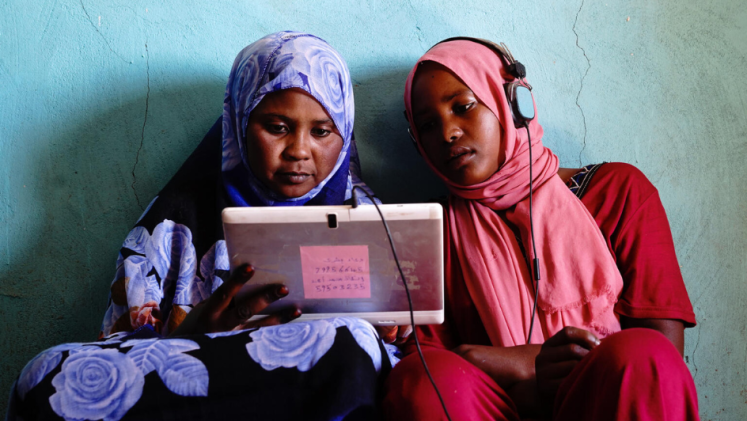Science, technology and innovation are crucial for achieving a more sustainable and equitable future for all. Innovative solutions to global problems, like climate change, are in high demand. However, women and other marginalized groups have been walled off from the digital world. The power of innovation is especially enhanced when women are a part of the force for change.
Here are 5 reasons why gender and innovation go hand in hand:
Empowering women entrepreneurs is simply smart economics
Exclusion of women from innovation is bad for business and the economy. UN Women’s The Gender Snapshot report found that women’s exclusion from digitization has massively impacted the GDPs of low- and middle-income countries, to the tune of a loss of $1 trillion. The report warns that, without action, it could grow to $1.5 trillion by the middle of the decade. According to the World Economic Forum, $5.7 trillion must be invested annually in green infrastructure and in adaptation and mitigation solutions. Accelerated action is needed to fight climate change and meet the Paris Agreement targets, so there is little time and room to spare.
Bringing women into technology can result in more creative solutions
More women mean more solutions. Innovations in policies, management, finance, science and technology that disrupt “business as usual” are recognized as a way to accelerate the achievement of the SDGs. A recent UNU-EHS report sheds light on an important fact about solutions; they are interconnected. Whether policy or technological solutions, this means solutions have potential to address many problems at once. “The more the merrier” must be the approach on solutions going forward.
A gender-inclusive approach to innovation can increase the awareness of women's rights and civic engagement
We are living in the “information age”, due to the rapid rise of digitization and technology. A rise in misinformation and online gender-based violence has accompanied this technological era and is pushing women offline and away from key digital spaces. This is also occurring at the same time they are being blocked out of spaces such as education. We can flip the script on women’s rights and civic engagement when innovation is inclusive of them and the information present online represents them.
Gender approaches can break barriers women face in entrepreneurial ecosystems
Women entrepreneurs face a range of different constraints than their male counterparts. Those include legal discrimination, social norms, access to education/skills training, confidence, risk preferences, access to finance, and networks. Such constraints impact their success, as women entrepreneurs earn less profits than men. In the Global South this can be quite significant. In sub-Saharan Africa for example, women earn 34% less profits than men. Ecosystems that support women and youth are in needed. The Greenovations project of the Pan African Cooperation and Educational Technologies (PACET) programme at UNU-ViE is developing a framework that fosters ways organizations and investors can work with women entrepreneurs to grow their ideas. Breaking down barriers can help drive ground breaking innovation.
Gender inclusive innovation can help reduce inequalities
Rapid technological growth has been matched with a rise in global inequality. As digitization progresses, the threat that the “digital divide” grows is very real, affecting prosperity for all. Within the technology sector itself, women represent a fraction of its workforce. Accessible education and capacity building are the clear starting point to disrupt the disparity. Therefore, entrepreneurial and innovation curriculum needs to consider a gender-responsive design, which considers women’s needs when it comes to hard/technical skills training and acceleration of ventures. The same Greenovations project finds that mentorship and coaching opportunities tailored for women to start and grow their innovation activities are critical for their development. Furthering access to education and training are paramount to preventing women and other marginalized groups from being left behind.


